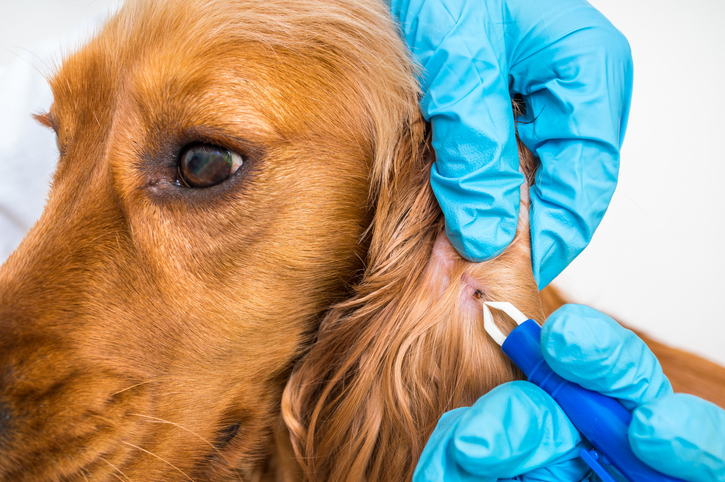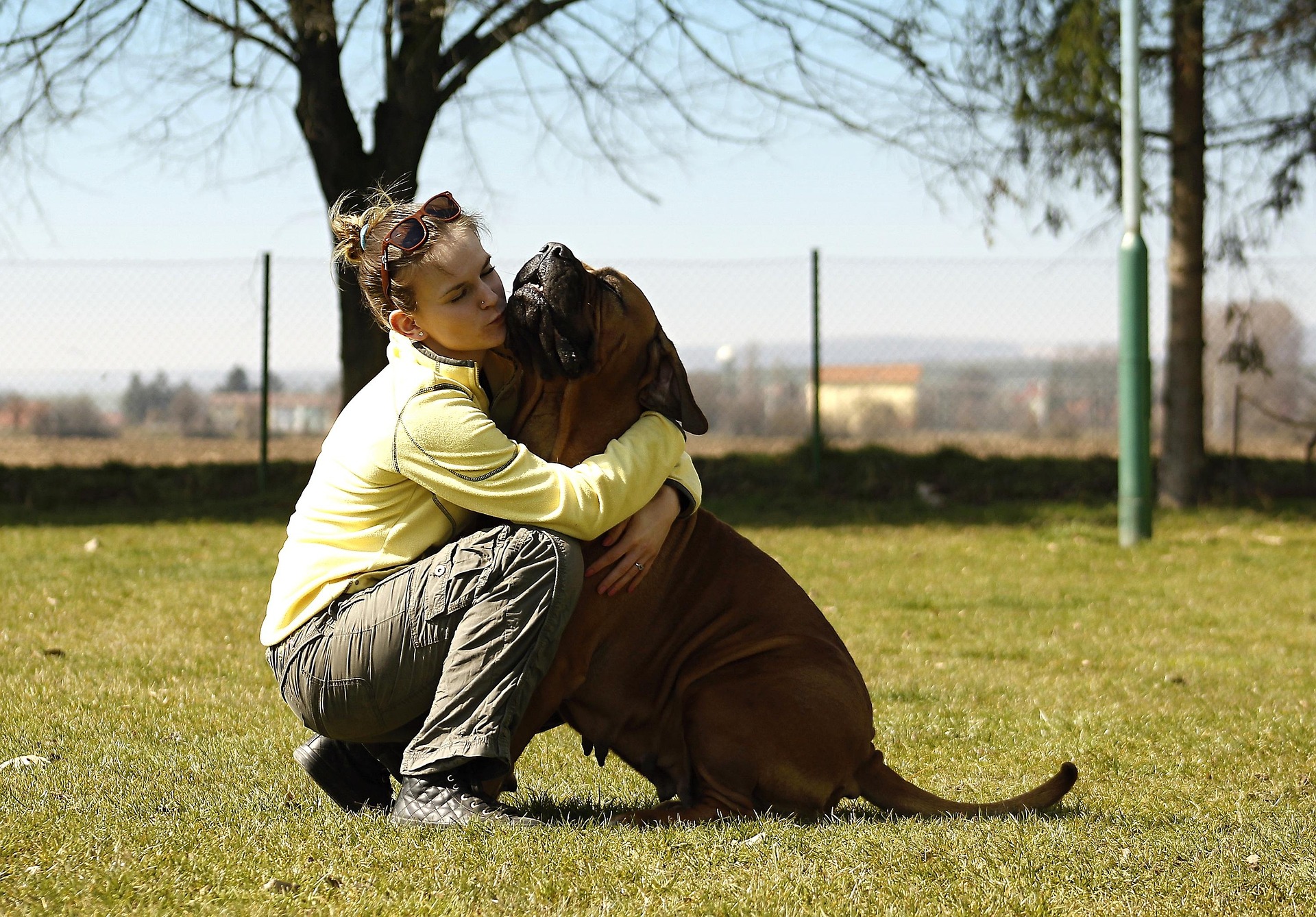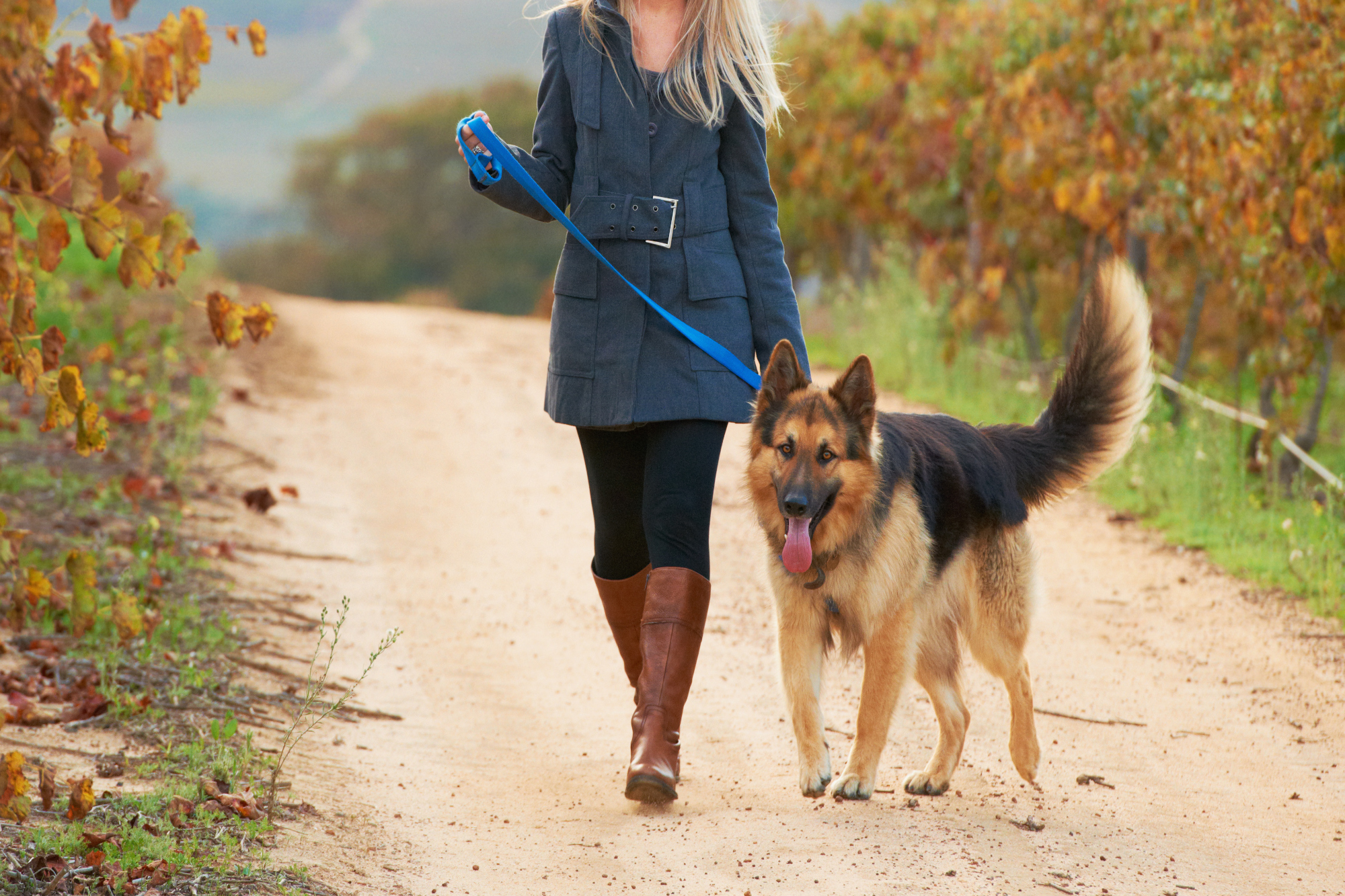We love our pet dogs, but sometimes they eat some pretty weird things! As dog owners it’s natural to worry about the health and safety of our pets, especially if we see gross, disgusting items disappearing into their mouths and then being swallowed before we can stop it from happening.
Will that horrible stuff make our doggies sick? We can’t help but worry, worry, worry! However, many of the non-food items dogs choose to eat are neither dangerous nor worrisome. There are others, however, that do require our immediate attention and even a trip to the veterinarian. If your dog consumes something large that can’t pass through the intestines in 10 to 24 hours, a blockage may be occurring which can be life-threatening.
Non-Food Items Dogs Consume
Did you know there are actually terms for why this may happen? In fact, there are two major names to describe the behaviour of dogs eating weird things:
- Pica – Pica is the general term for non-nutritive items that dogs may eat. These can range from sand, grass, dirt, paper, chalk, rocks, socks (yes, they may actually swallow socks!), and plastic, as well as toxic items. Eating some peculiar things can be a signal that your dog has a health problem you should be aware of, such as nutritional deficiencies in his or her diet or an electrolyte imbalance. Of course, some of the things we’ve listed here are definitely dangerous items for your pet to eat.
- Coprophagia – This is a particular form of pica that most people find altogether revolting, and it is the consumption of feces. However, there are usually good reasons for dogs to engage in this behaviour, which is the most common form of pica.
- Mother dogs lick their puppies’ bottoms to keep them clean and to encourage them to urinate and defecate. In other words, mothers become used to the taste and smell of poop, and it continues to be a familiar food item for them. Coprophagia is normal behaviour for female dogs.
- This is unlikely but dogs may often eat feces to keep their kennels or living spaces clean.
- Sometimes the nutritional needs of dogs are not being met and they eat feces in an effort to improve their diets. Cat feces in particular is high in protein because the diet of cats, unlike that of dogs, usually features a lot of meat. Dogs, therefore, may consider cat poop a gourmet food item! However, eating the feces of other animals is not safe. Make sure your veterinarian knows about this behaviour.
There are Several Reasons for Pica to Develop in Dogs
Aside from the reasons for coprophagia, there are endless questionable items that dogs ingest for a variety of reasons:
- Attention-Seeking – Your dog may simply be seeking attention because he or she feels neglected. If this is the case, unwanted behavior like eating weird items can be overcome by paying more attention to, and playing more frequently with, your pet.
- Stress – Anxiety and stress can cause your dog to develop compulsive behavioural patterns, one of which can be pica. Dogs often become anxious when changes occur in the household: a new person comes to live in the house, or a familiar person moves out; a new pet is introduced into the family; or you move to another residence. In time, the problem will disappear.
- Curiosity – Dogs are as curious as humans are! Puppies are especially prone to investigating and sampling new delights—or horrors—and will probably grow out of their tendency to try eating everything in sight by six months or so. If not, be on the lookout for reasons other than curiosity and experimentation.
- Health Needs – In the off chance your dog has health issues that need to be addressed, pica should never be ignored. You should consult your veterinarian if your older pooch tries to eat the same type of item again and again or shows a craving for feces. An examination can rule out a nutritional need or an electrolyte imbalance.
Symptoms That Should Alarm Owners
If your pooch presents these symptoms and you aren’t sure what was eaten, take your dog to the veterinarian immediately:
- Vomiting and diarrhea
- Pain and tenderness in the abdomen
- Constipation and straining to defecate
- Severe disinterest in food
- A lack of energy
- Snapping or growling when picked up
Worry if Your Dog Consumes These Items
- Batteries – Batteries or any small item containing batteries must be kept out of reach of your pet because battery acid is very corrosive. If you find a remote control or any battery-operated gadget on the floor and the battery has been punctured, take your dog to the veterinarian. If the battery has disappeared altogether, you have to assume it has been swallowed and your dog needs immediate medical attention.
- Pills or Medication – Pills or any other medication for humans or animals are always a worry, and most are highly toxic for pets.
- Plastic Objects – Items made of plastic are often attractive to dogs, and if swallowed, can become a blockage. Broken plastic pieces can cut your dog’s mouth or puncture their insides.
- Fabric – Socks, string, underwear, or any item made of fabric can stretch out in the abdomen and then bunch up and cause a blockage.
- Toxic Items – Toxic items include any cleaners or home care items that are poisonous or corrosive, both for humans and animals.
- Some Food Items Intended for Humans – Make sure you know what food for humans is safe for your pet and keep every other type of food out of reach. Such items as chocolate, alcohol, coffee, artificial sweeteners, nuts, avocadoes, onions, raisins, and grapes must always be kept away from dogs. A more in-depth list of foods you shouldn’t feed your dog can be found in our previous blog post.
Don’t Worry If Your Dog Consumes These Weird Items
- Flies and Moths – these can be fun for dogs to catch and eating them won’t hurt your pet
- Ice Cubes – are fine and can even help dogs keep cool on a hot day, just be careful they don’t swallow them whole.
- Dust Balls – these are a strange choice, but not a problem and your dog may be interested in the salty taste or the interesting texture
- Grass – this is fine unless it is an ongoing pastime, which usually signals a nutritional need, the presence of worms, a need for fibre, or a need to improve digestion
What You Can Do About Pica
If your dog routinely eats weird things, make sure your veterinarian knows what they are to rule out medical reasons for your pet’s behaviour. Once these medical reasons are ruled out, the next step would be implementing specific types of training to avoid this.
- Keep toxic and poisonous items away from your dog. Put them up high, in closets, and behind doors that your pet can’t push open.
- Pick things up from the floor, hang them up, put them away, and make sure there is nothing around that your pet can eat or chew on without your noticing. If you catch your dog in the act of eating things like dust balls, do not yell at or scold your pooch. Instead, simply pick up the item and remove it from their sight, or dispose of it.
- If your pet eats the feces of animals outdoors, make sure your veterinarian knows so that a parasite test can be performed on your dog.
- If you can’t stop your dog from eating sticks and stones, garbage, and anything within reach, you may have to use a muzzle when your dog is taken outside, but this should only be used as a last resort.
Creative Commons Attribution: Permission is granted to repost this article in its entirety with credit to Hastings Veterinary Hospital and a clickable link back to this page.






